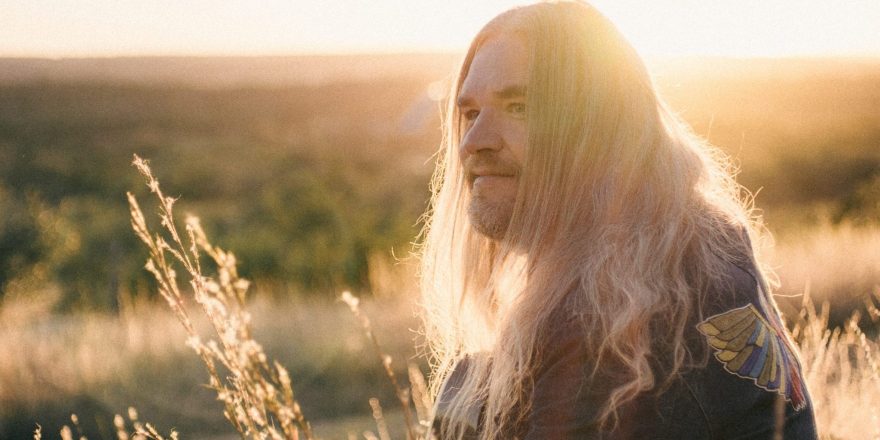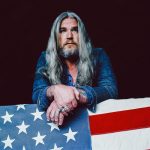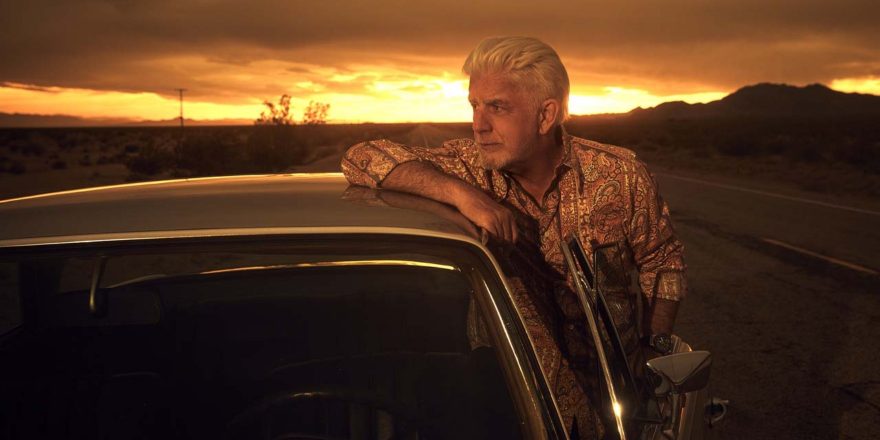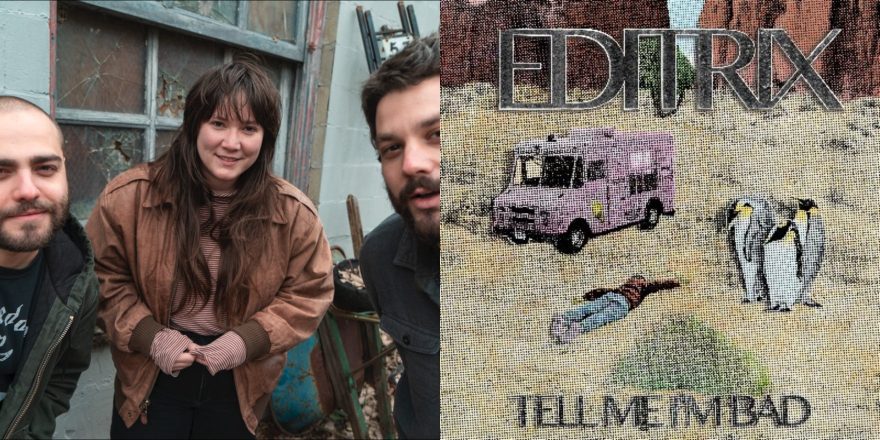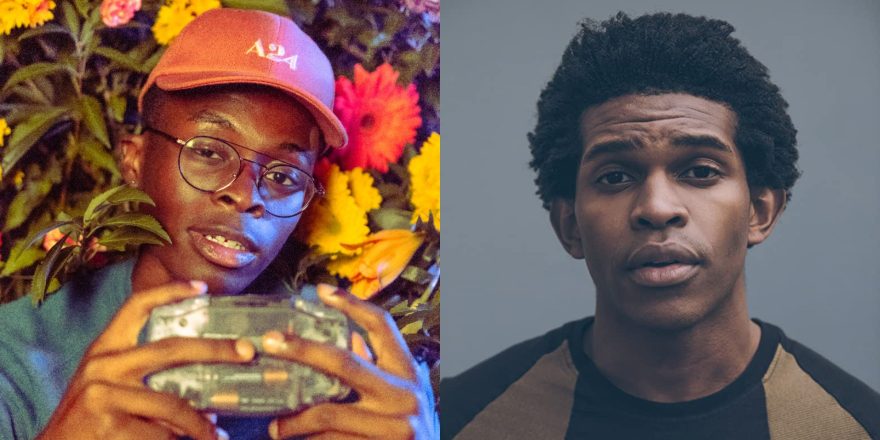Sutherland Springs is a small town in Texas only 75 miles south and just a few county roads from my home here in Dripping Springs. On November 5, 2017, the deadliest mass shooting in Texas history took place there at the First Baptist Church, killing 26 and injuring 20 others. Dripping Springs and Sutherland Springs really aren’t that different. Both are small rural, close-knit Texas communities, centered on agriculture and local businesses. We share a vast backyard of beautiful rolling landscape called the Texas Hill Country. Even in name, Sutherland Springs isn’t too different from my town of Dripping Springs. So when tragedy struck my neighbors to the south, it was truly close to home.
The day after the tragedy, I wrote a song to cope with my feelings and perspective on the horror as it weighed heavy on me. It’s not the first time I’ve written such a song in response to a mass shooting. I wrote a song about the Tucson shooting in 2011. I wrote one after Sandy Hook. And then one after San Bernardino. I wrote a song after a week of tragedies in Dallas, Baton Rouge, and Minneapolis. Pain and compassion always accompany these events, but with Sutherland Springs, I felt a feeling of fear — a fear that this really could have been my town, happened to someone I knew, even me or my own family. These are the fears that disrupt the pursuit of our lives. Our daily activities — our schools, concerts, churches, our malls, movie theaters, and post offices, our airports, restaurants, and our streets.
Since writing and recording this song, we’ve witnessed the El Paso Walmart shooting, Stoneman Douglas High in Parkland, Florida. Thousand Oaks, the Virginia Beach shooting, the Pittsburgh Synagogue, the Santa Fe, TX shooting. Three of the 10 deadliest mass shootings in this country have happened in Texas. And while we might be more aware of these larger mass shooting tragedies, smaller, less deadly tragedies unfold even more frequently across the United States.
Linguistics often confuses how and what we classify as a mass shooting, as there is no official legal definition for these types of tragedies. Most researchers, nonprofits and media outlets recognize a mass shooting casualty as any shooting event resulting in either the death or injury of four or more individuals. By that definition, we have witnessed 29 mass shootings just in this month, February 2021. These numbers don’t even represent the whole of gun related deaths through other incidents such as murders, suicides, police involvement, self defense, home robberies, accidents. In all, we average around 15 thousand gun related deaths and double that for gun related injuries every year.
This type of excessive gun violence is a uniquely American problem. In Germany and Australia one or two people die by a firearm out of a million. In Canada, it’s around 6 people out of a million. In America, that number is 30 American lives. As American citizens, we’re actually 25 times more likely to be shot and killed than those citizens of other developed countries. Why? We have a lot of guns in the States. We have more guns than citizens. In states where there are more guns, there are more deaths. Countries that have more guns have more gun deaths. Pretty simple logic.
To cope with the tragic results from this massive cache of weapons, we need commensurate legislation. We know that sensible gun laws help curb senseless acts. Even a strong majority of Americans consistently think there should be more common sense gun laws in place to help remedy the problem. Things like bans on semiautomatic weapons, reasonable background checks, a strong federal database, limiting the expansive loopholes of private and gun show sales. When mass shootings occur with strong national media coverage, that majority swells to 80-90 percent in support of legislative reforms that would attempt to curb these acts of gun violence that plague our country.
With all of these realities, even with an aware and supportive electorate, change is not happening. Political figures and institutions quickly spin and defend. Well funded rights organizations, PACS, the NRA, develop a defense that soon begins to look more like a planned and pointed offense. They lean on legislators who depend on their campaign contributions for reelection and mobilize a strategy that promotes anecdotal and circular arguments while perpetuating familiar myths. Myths like “They want to take your guns,” or “The only thing that stops a bad guy with a gun is a good guy with a gun,” and “Guns don’t kill people, people kill people.” These strategies buy some time and distance from the tragedies and often allow them to sadly fade out in the legislative arenas and news cycles of the day.
A myth however, is just a friendly name for a lie. These lies alarm, they sow fear and doubt. They divide and anger. They are purely dishonest and create arguments over discussions, they aim for stalemate over progress. Lies like these make people angry about wearing a mask during a global pandemic, they encourage citizens to storm the Capitol, armed to the teeth, prepared for violence and a hostile takeover of democracy, and they are the lies that prevent us from taking reasonable steps to fix our American gun problem.
Sutherland Springs may be the first mass shooting to hit so close to home for me, but these massacres are happening everywhere across our country and they are close to home each and every time for us. As long as leaders fail to properly address the realities of gun violence either by resisting common sense legislation or by deflating the truth with lies, as long as we give dangerous people incredible access to guns, countless Americans will continue to die and sadly, I will continue writing songs about it. I will continue to support groups like the Brady Campaign and Everytown who work tirelessly to promote the awareness and prevention of these acts of violence. I will also continue to call upon senators and congress to be instruments of reform and to champion a simple fundamental right, the liberty of life itself and the pursuit of it down a clear path of democratic truth, devoid of the fears and pains that have become our American reality.



